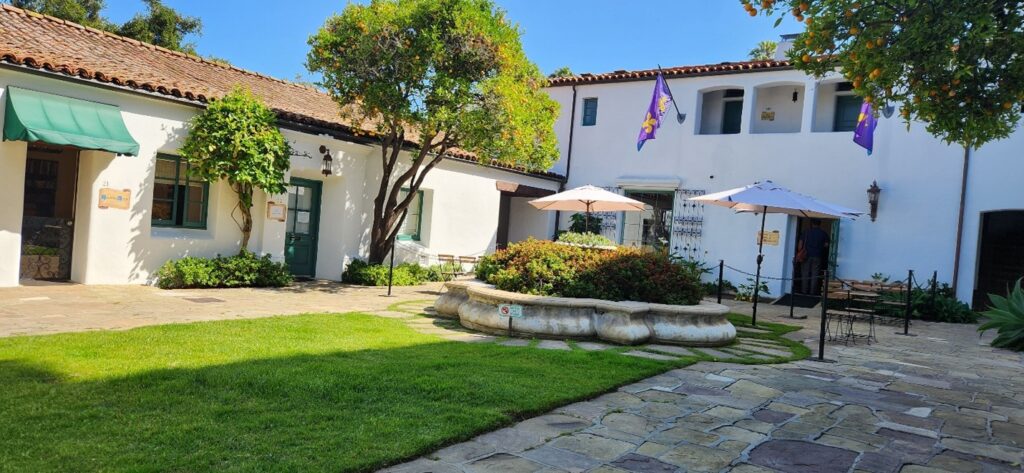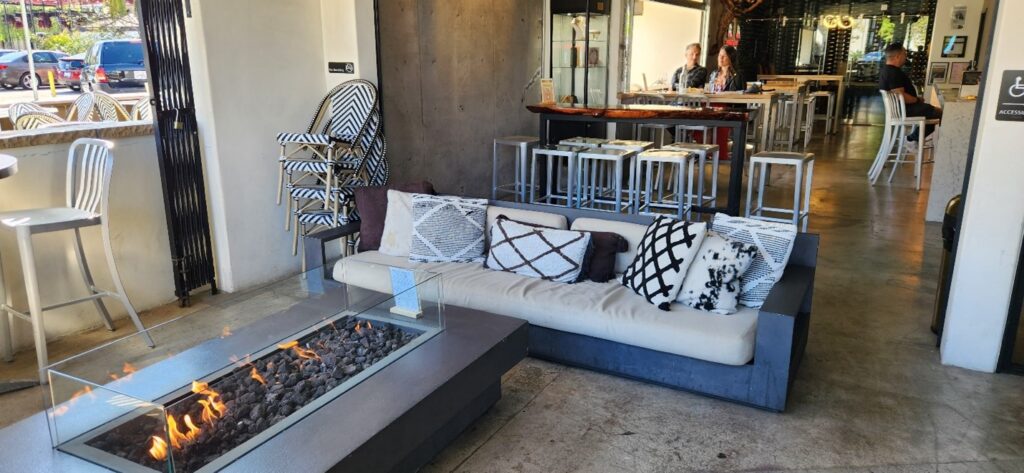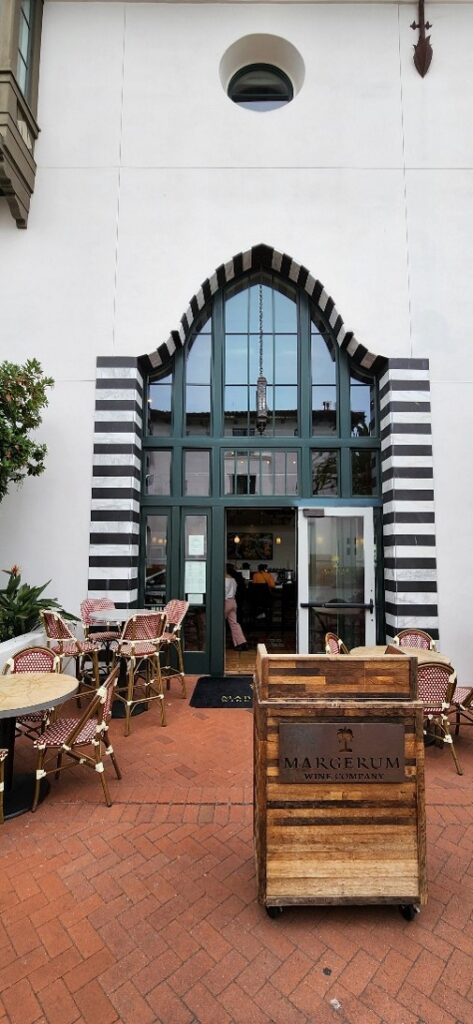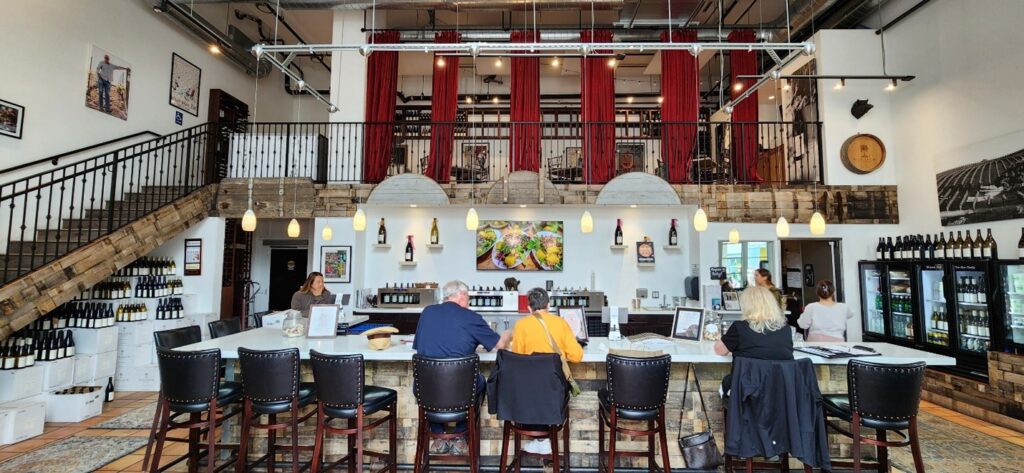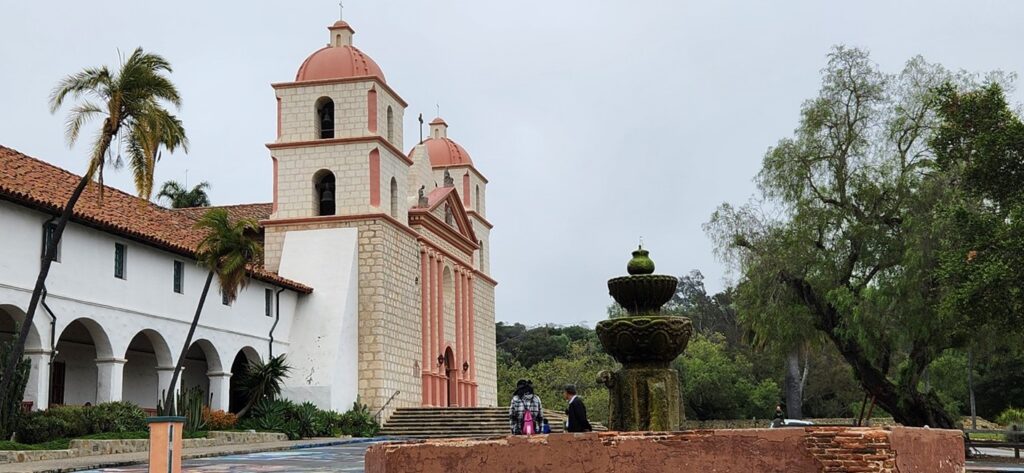We have noticed a new phenomenon, a bit concerning, on our last few wine-tasting trips in California, both in Napa Valley and Santa Barbara County. Evidently, the servers expect to be tipped. Sometimes that expectation is subtle; the server may bring up tipping and then say it’s completely at our discretion. In other cases, they have let us know that a little something extra was what most tasters left behind. In one case, shockingly, a tip was added to our check without asking us and without our approval.
We have been visiting wineries and tasting for decades and tipping is new to us, limited so far to California as far as we can tell. We expect that servers are fairly paid and that a tip is unnecessary. Why is this happening now? It seems to be linked to software on tablets used to generate bills that have a button for tips of various percentages.
Some might argue that we would tip a bartender so why not a server in a winery’s tasting room? Well, a bartender pours us a healthy drink, not four little sips. He doesn’t try to sell us a bottle or a case of wine and he doesn’t try to convince us to join the bar’s club. He leaves us alone if we want to enjoy our drink in peace and chats if we initiate the conversation. A bartender’s purpose is service. Servers in tasting rooms are salespeople.
We find the advent of tipping to be just another way wineries try to intimidate their customers. The whole rationale for Power Tasting, as our masthead states, is “to empower the visitor to get the maximum advantage out of each visit, not to be intimidated by wine snobs on either side of the bar”. We understand the need for wineries to charge tasting fees; labor, real estate, electricity and taxes have to be paid somehow. But tipping on top of that is an insult to the people who try and buy their wines.
So our advice is that when presented with one of those tablets or even a check on paper, tap the button that says, “No tip”. We would very much like to hear readers’ opinions on this matter. Please leave a comment and let us know what you think.
